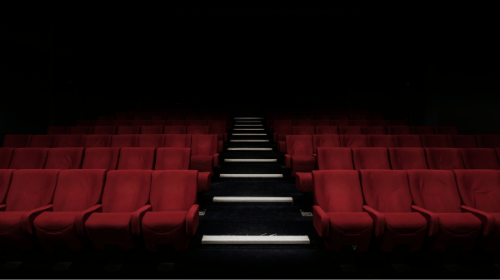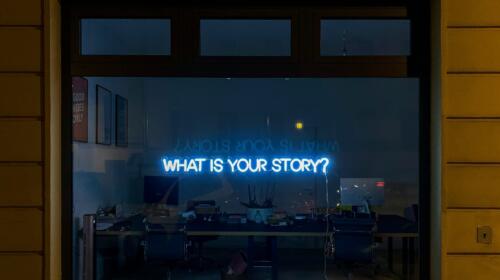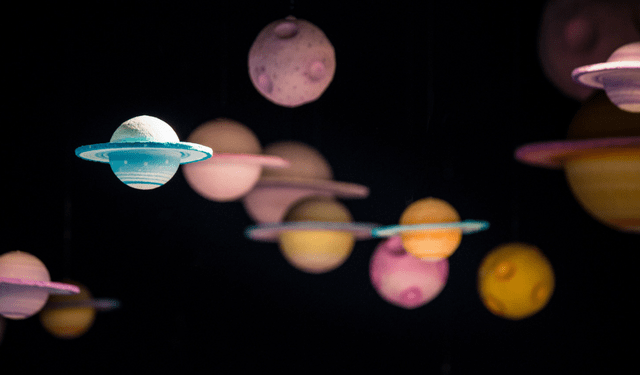
Those moments are seared into my memory and are the foundation of my fascination with flight & space exploration. These Hebbian experiences helped me better wire together an understanding of these events – as related visual content and context got my synaptic cells firing together during the initial learning stage.
How Do We Learn?
How does modality of content and experiences promote the benefits of effective learning and memory – sensory, working and long-term memory?
Emergent neuroscience and visualization research now reveals glimpses of the science behind the saying “Experiences Matter.”
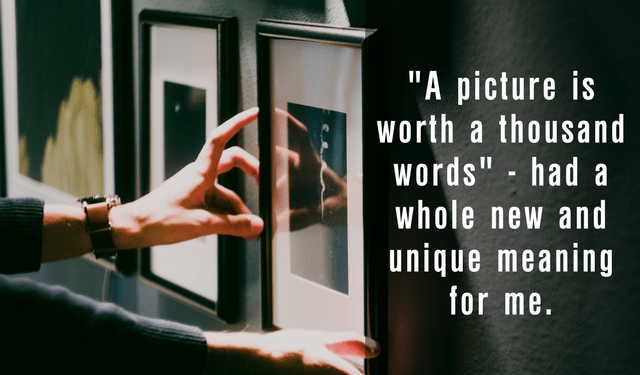
The rapid advances of technology in literally every field, including communications, medicine, transportation, education, biotechnology, aerospace, and energy, have tremendously increased the amount of data and information at our fingertips. As we strive to make sense of unimaginably large volumes of data, visualization has become increasingly important.
Why?
Our brains are wired to process visual and experiential input very differently from text, audio, and sound. Functional Magnetic Resonance Imaging (fMRI) scans can now confirm a dual coding system through which visuals and text/auditory input are processed in separate channels, presenting the potential for simultaneous augmentation of learning.
This may seem self-evident to many content creators, educators, marketers and knowledge-driven organizations. And perhaps an example has never been more self-evident than the resounding success of The Khan Academy, an education organization with a library of over 3,000 videos to help people learn what they want, when they want and at their own pace.
Then there is the overwhelming popularity of the TED Talks Series of educators, business leaders, and innovators sharing their insights, research and stories – humanizing some of the most complex material into an engaging and very sharable medium.
One of my favorites was by creativity expert Sir Ken Robinson, who challenges the way we’re educating our children in his presentation ‘Changing Education Paradigms.’
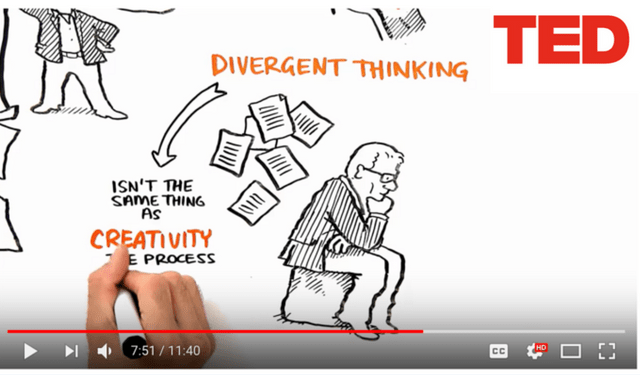
15 Million Views
One of the most interesting aspects of this particular presentation is the amazing increase in user engagement with the material when Robinson’s TED Talk was visually animated, interlacing visual story telling with an 11-minute version of the narrative.
The visually animated presentation was viewed over 15 Million times and shared across numerous social channels; the original, full-length video presentation of Robinson’s talk by comparison, had been viewed only 507 thousand times.
How have you visually enhanced and re-imagined your content and knowledge to spur greater learning, awareness and engagement? What stories and moments in your life have been forever enriched by mixing-up different media types and life experiences?
To see how LEWIS incorporates these concepts, check out our work.


